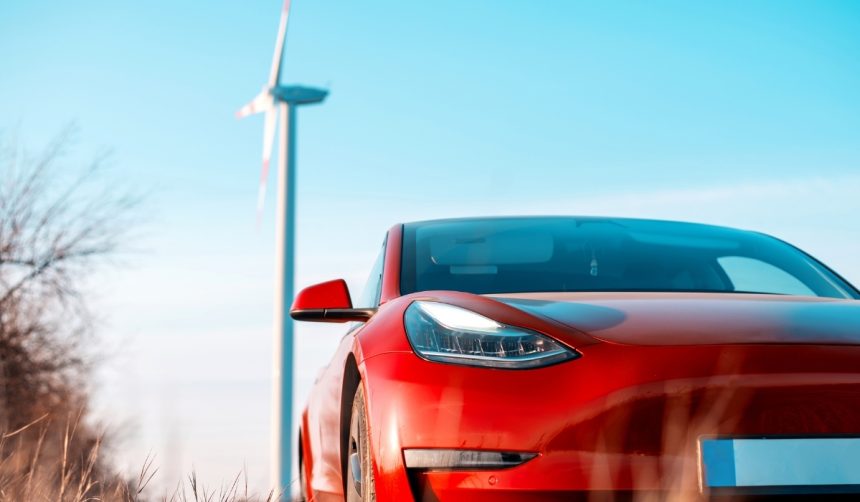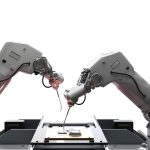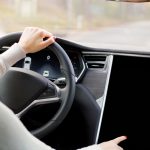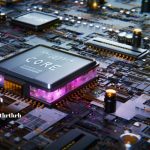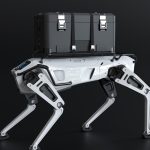Tesla introduced a new initiative providing potential customers with weekend-long test drives of its Model Y, aiming to give a firsthand experience of owning an electric vehicle. The program targets those intrigued by EVs but facing challenges like lack of personal charging facilities. An individual shared insights from their demo drive, emphasizing perspectives gained beyond the availability of home charging options.
Tesla’s marketing strategy of offering extended test drives contrasts with traditional short-term experiences offered by competitors. Previously, Tesla’s demo drives were limited to standard durations, providing only a cursory glimpse into the vehicle’s capabilities. This new approach appears to address concerns about EV practicality, particularly related to charging and the evolving efficacy of Full Self-Driving (FSD) technology.
What was the FSD Experience Like?
The Full Self-Driving feature was tested thoroughly, marking a cornerstone of the demo. The technology excelled at handling rural roads with minimal lane markings and urban stretches notorious for heavy traffic. Passengers, including those initially skeptical, experienced a shift in their views after observing FSD navigate complex driving scenarios successfully. However, incidents such as inadequate crossing recognition in parking lots highlighted areas for improvement.
Did Range and Charging Prove Problematic?
Charging infrastructure remains a concern for many potential EV buyers. Yet, the demo participant found that the Model Y’s range effectively managed weekend errands and leisure trips, returning the vehicle with ample charge remaining. This experience diminished previous anxieties regarding home charging capabilities. Such realizations could mitigate one of the main barriers to EV adoption for individuals in similar residential situations.
Any Downsides Noted with Self-Driving?
Despite its robust performance on highways and city roads, Full Self-Driving faced challenges in parking environments. The system demonstrated hesitancy and inaccuracies reminiscent of novice drivers. Addressing these areas could enhance the overall utility of FSD. Observers within the EV community shared this sentiment, expressing hope for improvements in future software updates.
Tesla’s innovative approach aligns with evolving consumer expectations regarding vehicle technology and sustainability. The Model Y’s performance during these extended demos might encourage hesitant buyers to transition to electric vehicles by experiencing Tesla’s distinctive features firsthand. Such initiatives not only spotlight advancements in FSD technology but also help demystify the practicalities of EV ownership for potential customers. For those drawn to technological advancements and environmental benefits, Tesla’s latest strategy offers a unique glimpse into modern driving possibilities.

